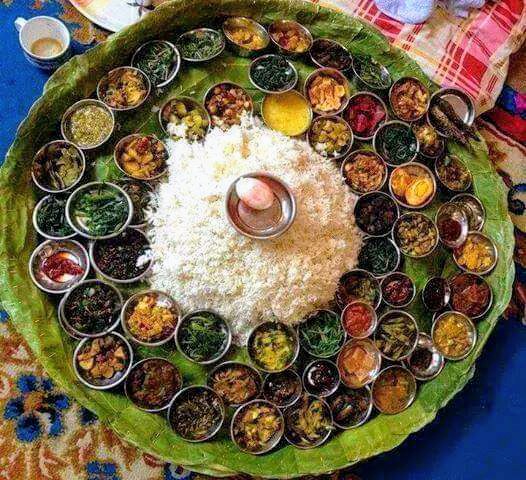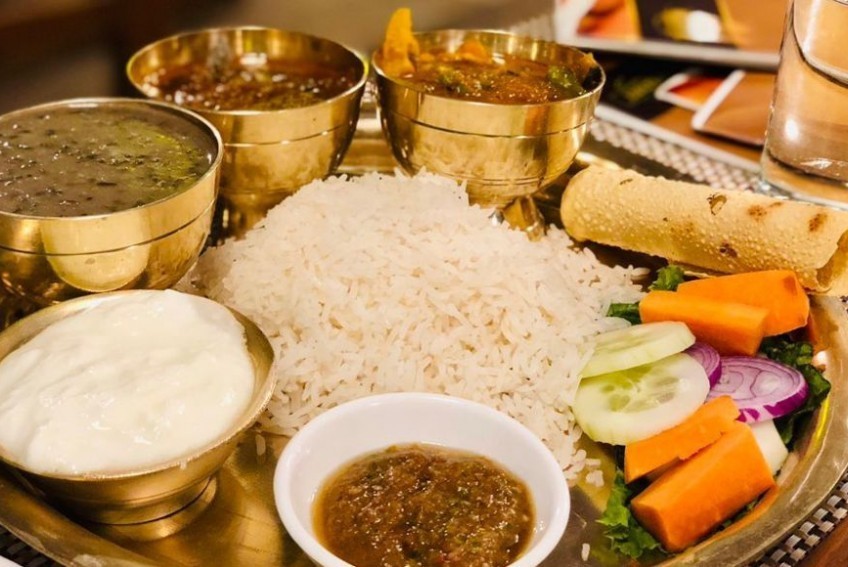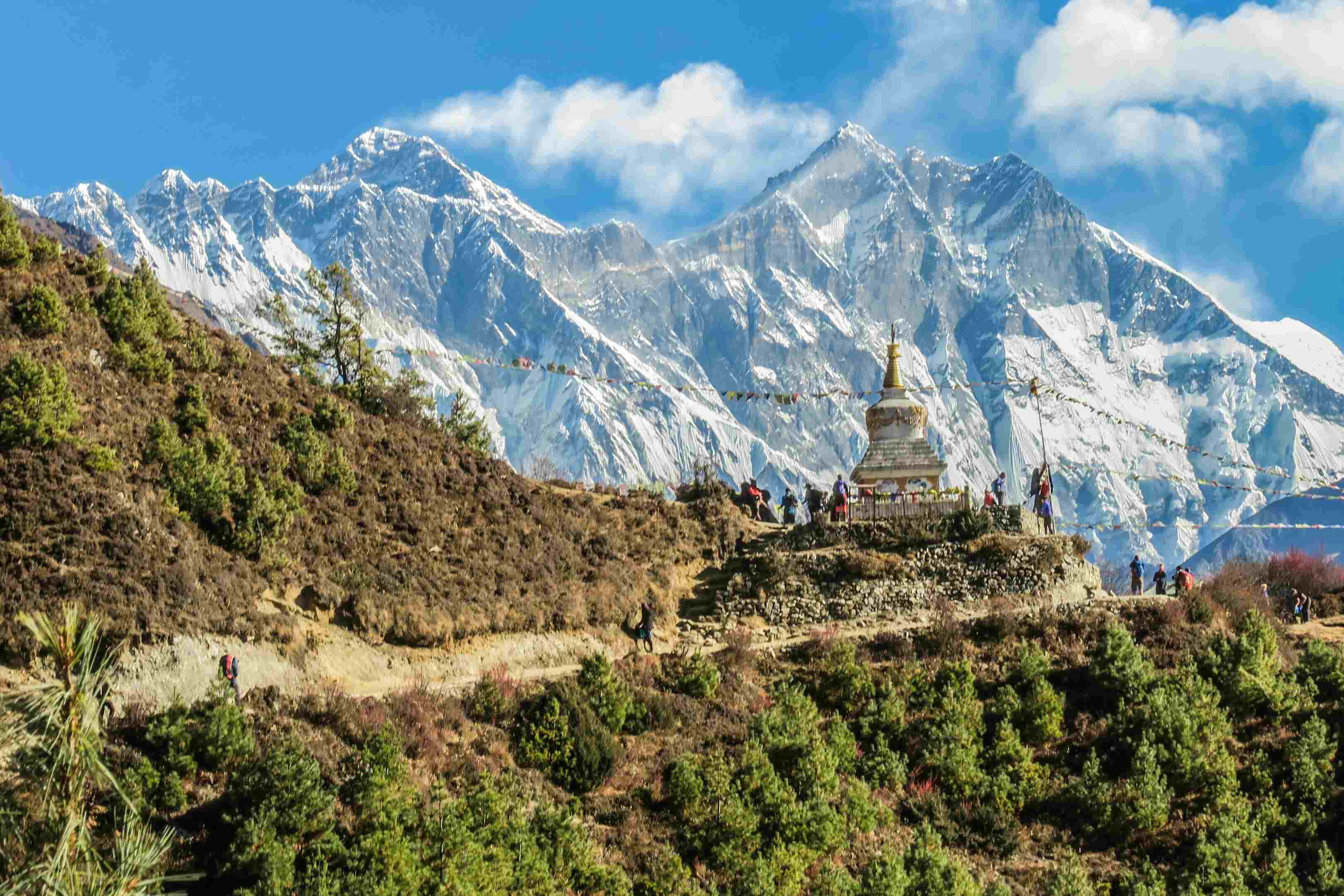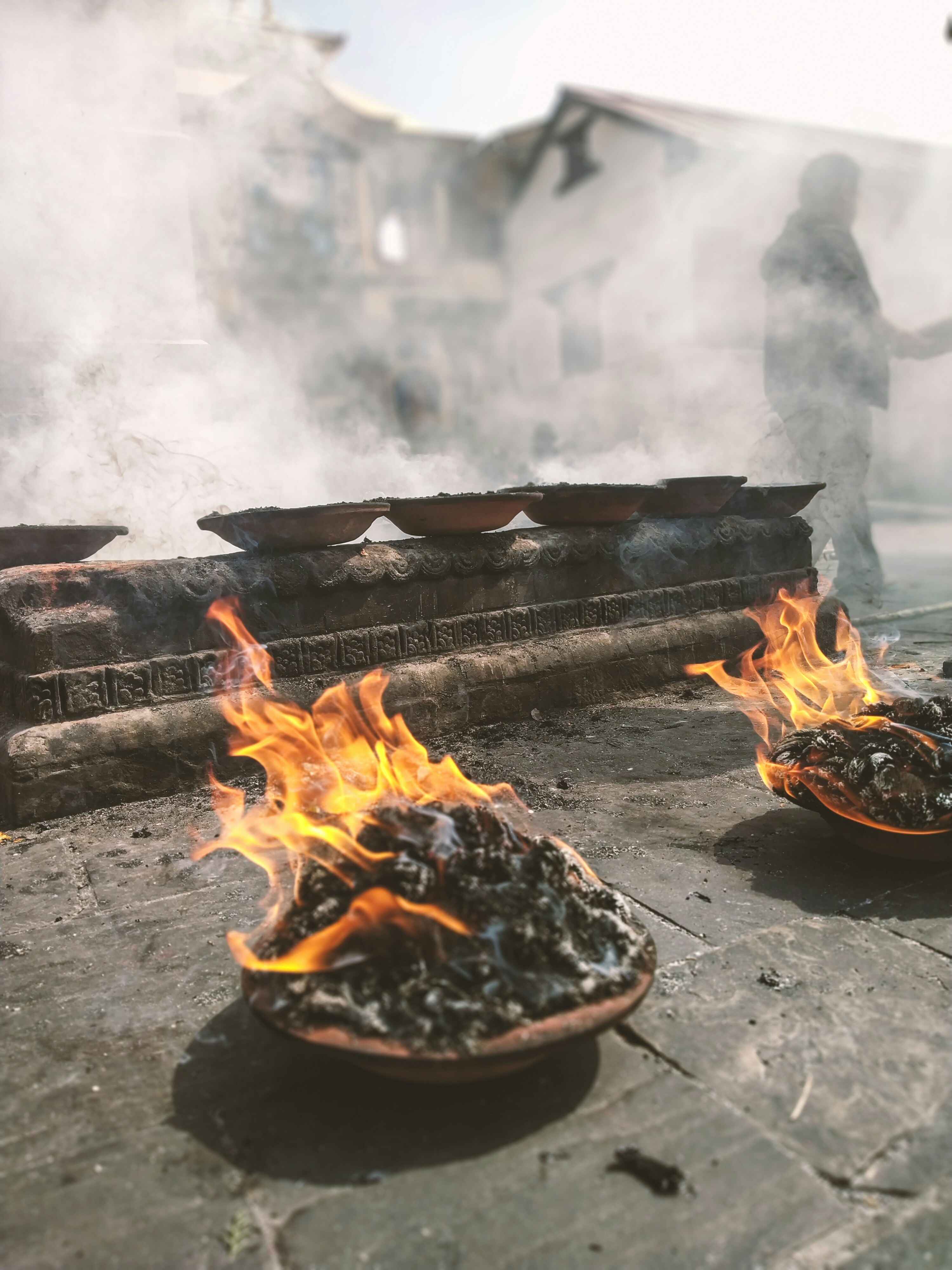Share this Article
Grains play a central role in Nepali cuisine, where they are integral not only to the diet but also to the culture, rituals, and traditions of the diverse ethnic groups across the country. Nepal’s diverse geography—from the towering Himalayas to the fertile Terai plains—means that different regions have varying access to grains, each bringing its own unique taste and cultural significance.
1. Rice: The Heart of Nepali Cuisine
Rice is the staple food of Nepali households, particularly in the central and lowland regions. It is consumed in a variety of forms, from plain steamed rice (often served with dal, vegetables, and chutney) to khichadi (a dish made by cooking rice with lentils). Rice is also the key ingredient in special dishes such as momo (steamed dumplings) and kheer (sweet rice pudding).
The significance of rice goes beyond nutrition; it is central to many Nepali rituals, such as the Annaprashan (the ceremony of a baby's first rice feeding) and various other ceremonies and festivals. In the Terai region, parboiled rice is also commonly used.
2. Barley: A Symbol of Strength and Tradition
Barley, particularly jau, is another important grain in Nepali cuisine, especially in the higher regions of the country. It has been a part of the Nepali diet for centuries, particularly among communities in the Himalayan region. It is often made into roti (flatbread) or used in tsampa, a traditional Tibetan food made by roasting barley flour and mixing it with tea or butter.
In many rural parts of Nepal, barley is revered for its robustness, capable of growing in harsh climates. Barley flour is also used to prepare dhido, a popular alternative to rice, which is often preferred in areas with limited access to rice fields.
Barley is also used to prepare chang, a fermented barley drink that is enjoyed across Nepali villages, particularly in celebrations and social gatherings. The drink is a part of local customs, with barley symbolizing sustenance and good health.
3. Maize (Corn): A Versatile and Vital Crop
Maize, or corn, is another vital crop in the mountainous and mid-hill regions of Nepal. Makai (corn) is typically eaten in the form of roti, pudding, or corn soup. It is often used to make thekua (a traditional sweet made from corn flour and sugar), as well as dhido (a variant of dhido prepared with corn flour).
Corn is also an essential part of rural economies, where it can be stored for long periods and is a reliable food source during lean months. Makai is part of community festivals like Tihar, where corn is used in various dishes and offered to cows and other animals as a mark of respect.
4. Wheat: The Foundation of Nepali Breads
Wheat flour is used to make many types of roti (flatbreads) and paratha (layered flatbreads). These breads serve as the accompaniment to most meals and are especially prominent in the hill regions. Wheat-based roti can be found in almost every household, made fresh daily and served with a variety of pickles, lentils, and vegetable curries.
Sel roti, a traditional sweet ring-shaped rice flour doughnut, made from rice or sometimes wheat flour, is a popular dish during festivals and family gatherings. Though originally made with rice flour, variations made from wheat are also common.
5. Millet: A Nutritious Grain of the Hills
Millet, or kodo, is widely consumed in the mid-hill and mountainous regions of Nepal. As a drought-resistant crop, millet thrives in high-altitude areas with low rainfall. This grain is used to make millet flour (kodo ko atta), which can be mixed with water to make a type of porridge or bread, commonly eaten with vegetables or meat stews.
Millet also features in a drink called raksi, a traditional alcohol made from fermented millet. Raksi holds cultural significance in various Nepali communities and is consumed during festivals, weddings, and social events.
6. Rice and Lentils: The Perfect Combination
Rice and lentils, or dal bhat, make up a significant part of Nepali meals, often served together in the classic dish of dal bhat (lentil soup with rice). This staple meal forms the foundation of the Nepali diet and is enjoyed daily across the country. Dal is often made from masoor dal (red lentils), toor dal (yellow lentils), or moong dal (green lentils), and it is complemented by bhat (steamed rice), vegetables, chutneys, and pickles.
Rice and lentils together provide a complete protein, which is an essential nutritional combination for Nepali households. This meal is symbolic of Nepali hospitality and is often the primary dish served to guests.
7. Rice and Its Role in Nepali Festivals and Traditions
The importance of rice in Nepali cooking extends beyond everyday meals into the realm of festivals and rituals. During Tihar (the festival of lights), Dhanyawad (harvest celebrations), and Maghe Sankranti, rice is offered to deities as part of the offerings in worship rituals. These grains symbolize prosperity, fertility, and life itself.
For festivals like Dashain and Bikram Sambat (Nepali New Year), rice is part of the prasad (blessed food) distributed to family members and relatives, signifying blessings for a fruitful year ahead.
8. The Global Influence of Grains in Nepali Cuisine
Nepali cuisine has been shaped by the trade routes that passed through the subcontinent and Tibet, which introduced grains like rice from India, wheat from Central Asia, and barley from Tibet. The melting pot of cultures, ideas, and foods that influenced Nepal's culinary history has led to the wide variety of grains used in Nepali dishes today.
Conclusion
In Nepal, grains are more than just a source of nutrition. They are deeply embedded in the cultural fabric of society, symbolizing sustenance, celebration, and spiritual rituals. From rice and barley to millet and maize, each grain tells a unique story of the diverse geography and history of Nepal. Whether used in everyday meals or ceremonial feasts, these grains continue to nourish both the body and soul of Nepali communities.
Categories:
Food & Drink
Tags:
Local Life







